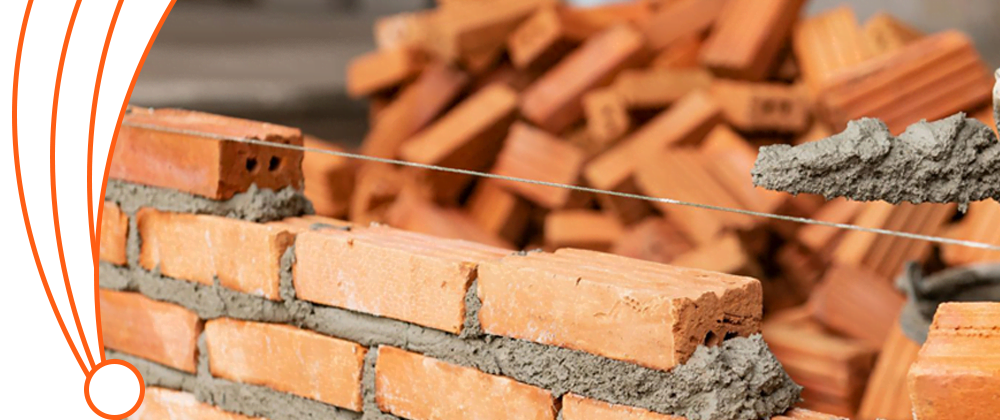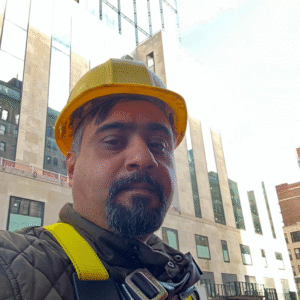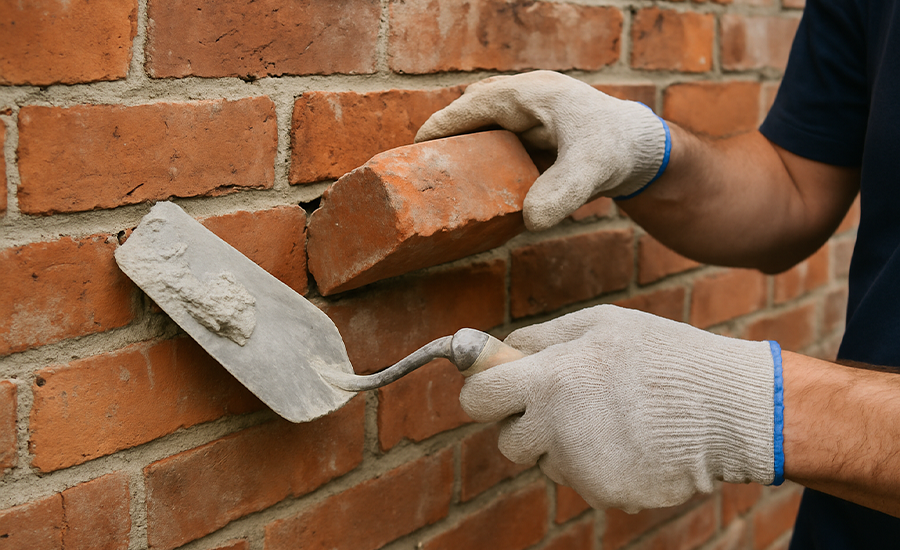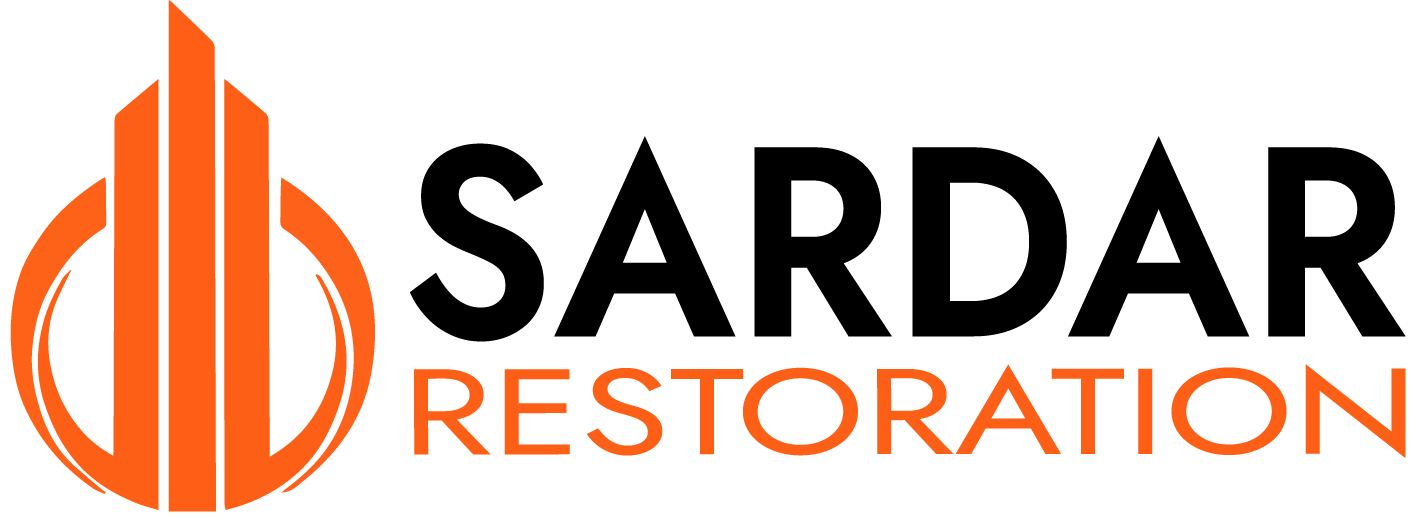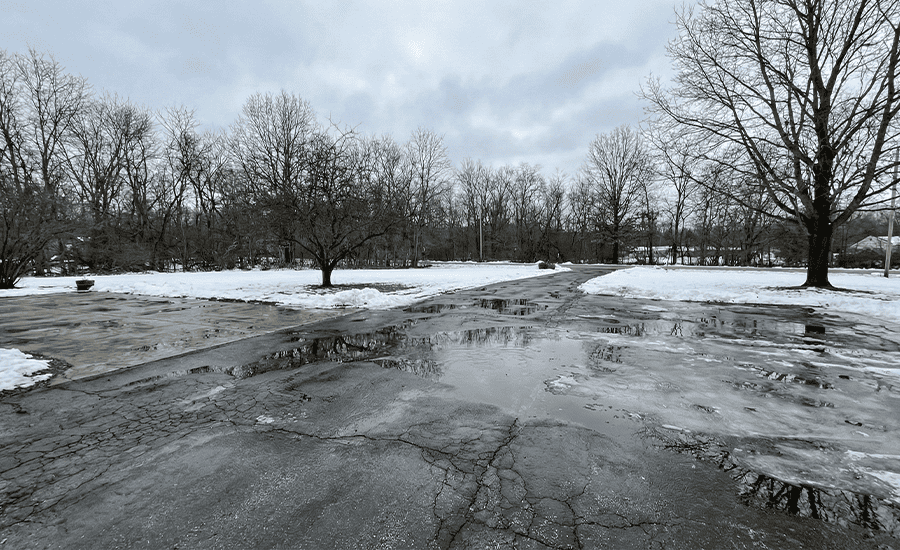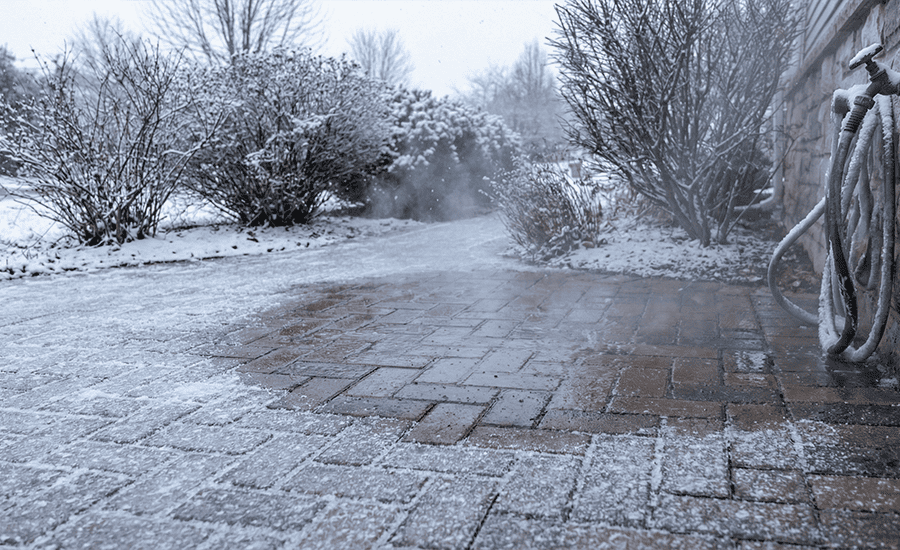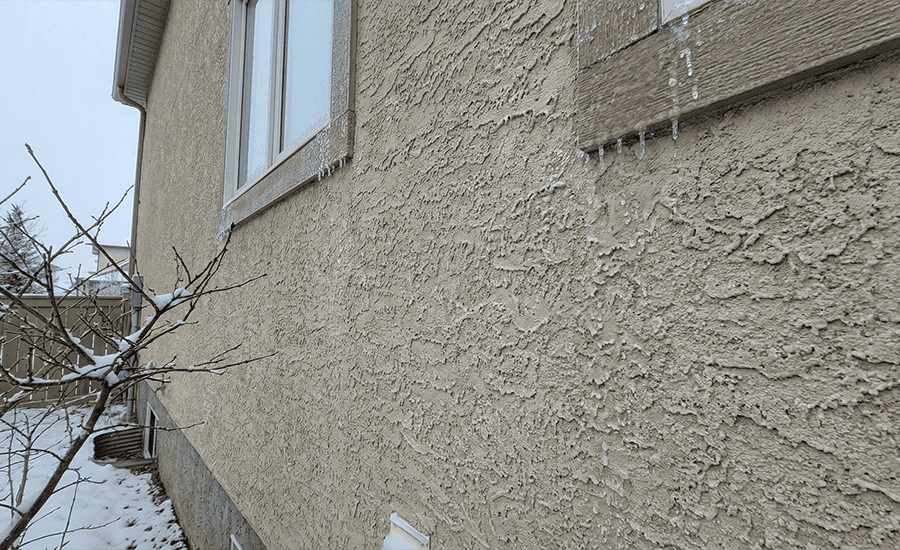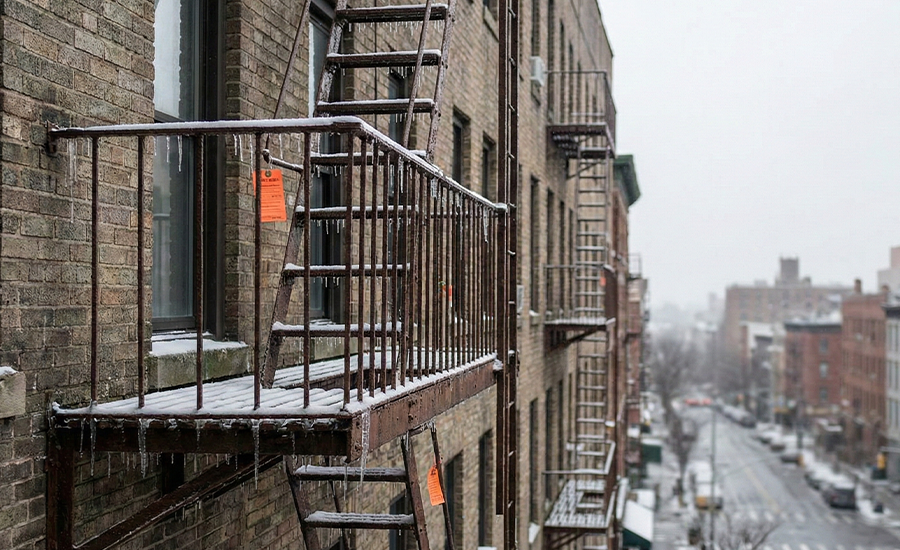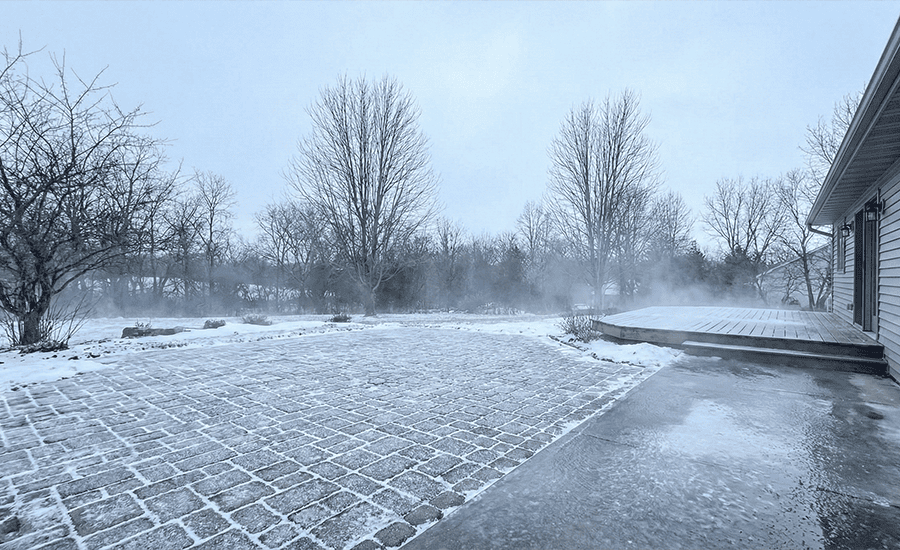Bricks are known for their sturdiness and resilience, but somehow, they eventually show signs of deterioration. Loose & shifting bricks are one of the major red flags for homeowners. However, repointing is the solution through which these structural shifts can be repaired, masonry restored, or bricks can be aligned in one place. Brick pointing can easily address such concerns promptly. But do we know what is meant by repointing loose bricks? It is to strengthen the masonry, place bricks accurately, and maintain & restore their visual appearance.
Let’s dive into the following content to know if loose or shifting bricks can be fixed by repointing:
How Repointing Help?
Repointing is a safe method to scrape out old, damaged mortar & place fresh mix to refill joints & restore structural strength. Let’s see how it helps in maintaining the masonry:
- Reinforce loose masonry joints.
- Protecting against water damage.
- Reviving the structural appearance.
- Increasing structural lifespan.
Underlying Causes Of Loose or Shifting Bricks:
Here are some root causes that affect the stability of the building and make it easier to know that it needs repointing:
| Causes | Overview |
|---|---|
| Water Leaks | Water that seeps into the walls causes expansion & contraction, resulting in mortar damage. |
| Mortar Breakdown | Mortar degrades quickly; harsh weather, like in the Bronx, can be the reason. |
| Environmental Stressors | Structural vibrations or busy streets can be a risk to masonry. |
| Constructional Flaws | Improper mortar & hasty application often result in compromised joints. |
| Settling Base | Vertical weight distribution results in shifting bricks. |
Additional Fixes That Could Be Required
When repointing isn’t enough to repair, some extra fixes are required. Let’s have a look at them.
| Additional Fixes | When Necessary |
|---|---|
| Brick Renewal | When bricks start splitting & erosion. |
| Wall Stabilization | When walls start showing movements & sagging. |
| Waterproofing | When consistent dampness in the walls. |
| Lintel Restoration | When visible cracks are around the window & door frames. |
When You Shouldn’t DIY?
DIY can be a good practice, but hiring a professional can be beneficial to fix the loose & shifting bricks. Let’s see when we should hire an expert:
- When there’s a need for repointing only.
- When in-depth repairs are required.
- When an ideal + complicated mortar formulation is needed.
- When damaged bricks should be replaced & new ones installed.
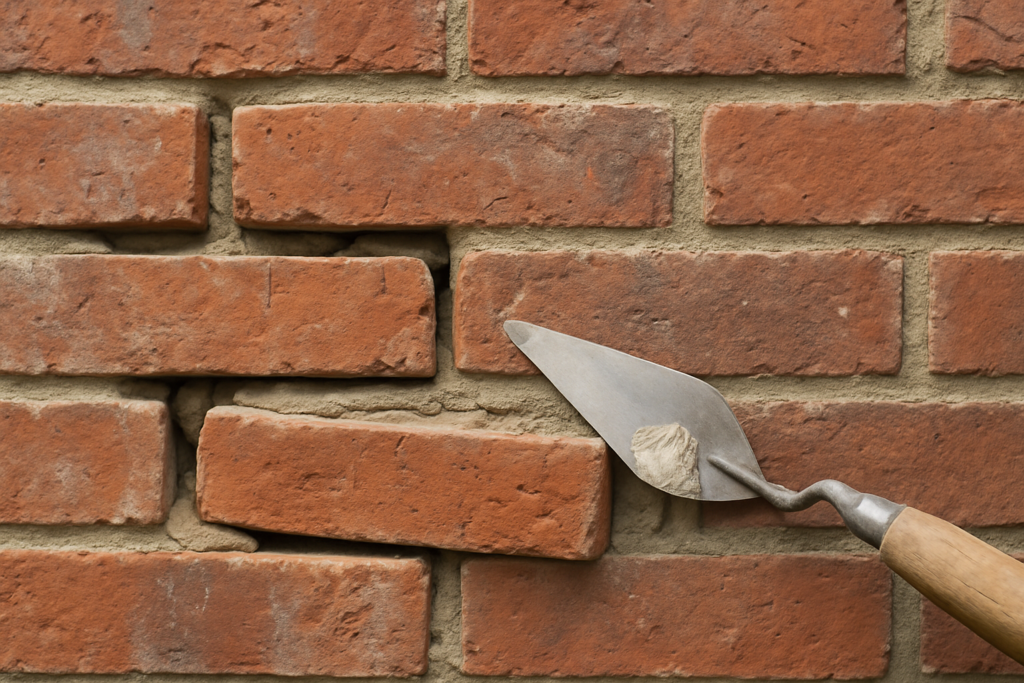
Final Thoughts
In conclusion, repointing can fix loose or shifting bricks, but it is not the only solution that is needed; in some cases, proper structural repair is required too. Getting a proper inspection from professionals can help you get lasting results & maintain structural soundness.
Sardar Restoration Corp proudly serves every corner of NYC, including the Bronx, Manhattan, Brooklyn, Westchester, and Queens. Our services are designed to meet your needs, providing top-quality solutions wherever you are. Check our service areas to see how we can assist you in your location.
Contact us today at (+1) 917-355-8556 or sardarrestoration@gmail.com, or visit us at 2770 Fish Ave, Bronx, NY 10469, United States.
FAQs
Do you offer inspections to check if repointing is the right solution?
Yes! Sardar Restoration Corp. offers a thorough inspection to check if your loose & shifting bricks can be repaired by repointing or if they need any other restorations.
Can you repoint bricks that are already loose or falling out?
Yes, we can! Sardar Restoration Corp. expertly repoints the loose & falling bricks, or we can settle them in one place.
Can you help stop water leaks coming through the bricks?
Yes! Our experts will efficiently repoint the brick joints to prevent water from seeping in & apply protective coatings for a smooth finish.
For more on how repointing controls moisture and prevents damage, explore how repointing helps prevent water damage.
Is repointing messy or disruptive?
It depends on the craftsmanship and quality of work. Sardar Restoration Corp. leaves the site neat & clean after repointing and uses non-invasive methods to minimize the disruption.
